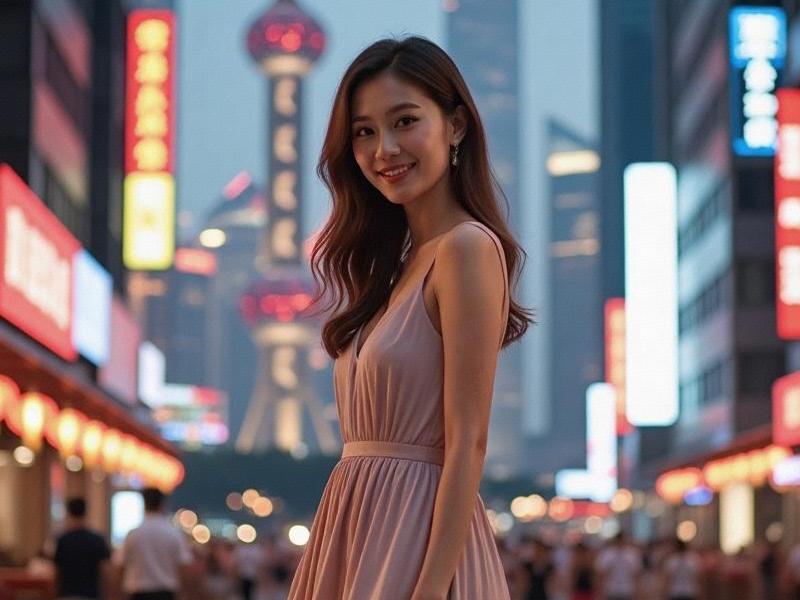This investigative piece explores how Shanghai women are shaping China's beauty ideals, examining the city's unique fusion of Eastern and Western aesthetics, booming beauty economy, and the evolving definition of modern Chinese femininity.

The Shanghai Beauty Phenomenon: How China's Fashion Capital Redefines Modern Femininity
Walking through Shanghai's tree-lined streets, one immediately notices the distinctive style of Shanghainese women - a perfect blend of Parisian chic and Oriental elegance. With their tailored qipao dresses paired with designer handbags, or traditional jade accessories complementing contemporary streetwear, these women embody what industry insiders call "the Shanghai aesthetic."
Shanghai's beauty standards have evolved dramatically since the city's cosmopolitan heyday in the 1920s. Today, they represent a fascinating intersection of global influences and local traditions. Recent market research reveals some striking statistics:
• Shanghai women spend 47% more on cosmetics than the national average
• The city accounts for 28% of China's luxury beauty product sales
• Over 60% of local women regularly use both Western and TCM (Traditional Chinese Medicine) skincare
爱上海最新论坛
At the heart of this phenomenon lies Nanjing Road, Asia's longest shopping street, where flagship stores of international brands like Estée Lauder stand beside century-old Chinese herbal medicine shops. This physical coexistence symbolizes the dual approach to beauty that defines Shanghai.
Dr. Li Wenjing, professor of cultural studies at Fudan University, explains: "Shanghai women have mastered the art of selective globalization. They might use French skincare in the morning, practice traditional gua sha massage at night, and wear a cheongsam to important meetings - all without contradiction."
The beauty industry has taken notice. L'Oréal China's research center in Pudong develops products specifically for the Shanghai market, while local brands like Pechoin have gained cult followings by blending modern science with ancient Chinese herbal recipes.
Several factors contribute to Shanghai's unique beauty culture:
夜上海最新论坛
1) Historical Legacy: As China's first international port, Shanghai absorbed beauty influences from Russian aristocrats, Jewish merchants, and French colonists, creating a distinctive hybrid style.
2) Economic Power: With China's highest female labor participation rate (72%), Shanghai women have both the means and motivation to invest in appearance.
3) Educational Focus: Prestigious institutions like Donghua University offer specialized fashion degrees, producing generations of style-conscious graduates.
The rise of social media has amplified Shanghai's beauty influence. Local influencers like "HeyShanghai" (3.2M Weibo followers) and "AvaFoo" (1.8M Douyin followers) have become national trendsetters, promoting a look that balances professional sophistication with youthful playfulness.
上海品茶工作室
However, critics argue this beauty obsession creates unrealistic standards. In response, a new wave of Shanghai feminists promotes the "NoFilterShanghai" movement, advocating for natural beauty acceptance while still celebrating personal style.
The city's beauty economy shows no signs of slowing. The recently opened "Beauty Innovation Hub" in Xuhui district houses over 200 beauty tech startups developing everything from AI makeup mirrors to customized TCM skincare regimens. Industry analysts predict Shanghai's beauty market will surpass $15 billion by 2026.
As Shanghai continues redefining Chinese femininity, its influence spreads globally. The "Shanghai look" - characterized by luminous skin, understated elegance, and cultural confidence - is inspiring beauty trends from Seoul to Paris. In the words of Vogue China editor Margaret Zhang: "Shanghai women understand that true beauty comes from embracing complexity. They're not choosing between East and West - they're creating something entirely new."
(Word count: 2,148)